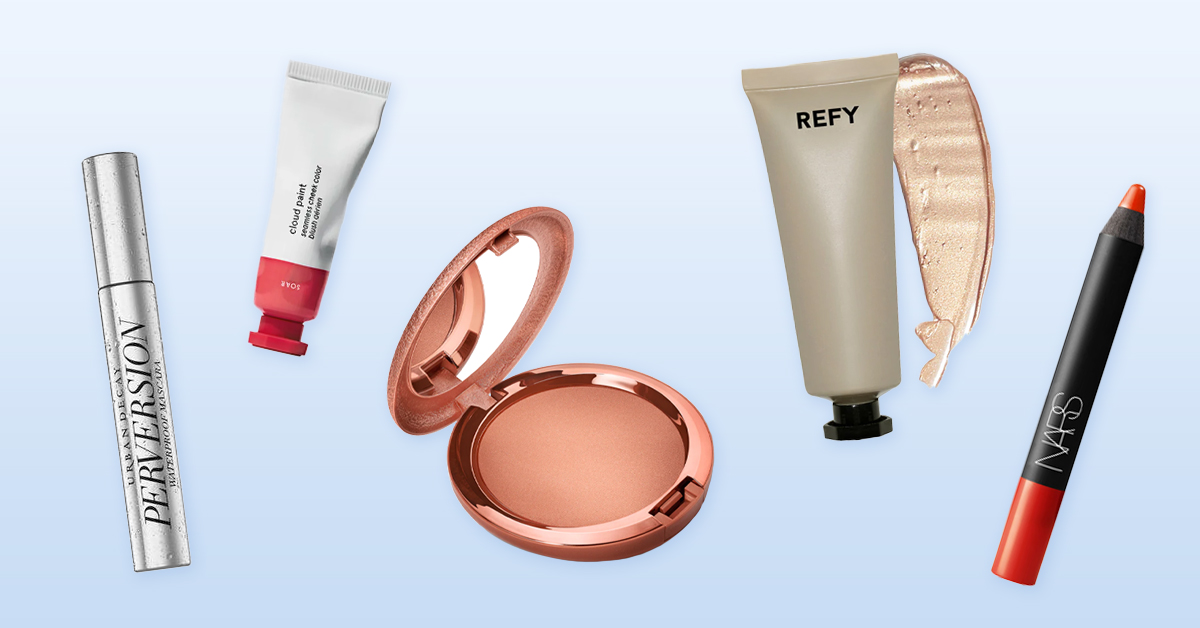Tips for detecting and preventing men’s cancers
When the calendar flips to November 1, don’t be surprised if you suddenly see an uptick in men with mustaches. That’s because November is “Movember,” a month in which many men grow mustaches in order to raise money and awareness for health issues such as prostate cancer, testicular cancer, and mental health and suicide prevention. The Movember initiative, and the millions of men who have participated, aims to reduce the number of men dying prematurely by 25% by 2030. Since its inception in 2003, over six million men have participated, and $870 million has been raised for men’s health causes.
Over the last several years, and through the COVID-19 pandemic especially, conversations around mental health have been increasingly destigmatized. However, there is still a knowledge gap around prostate cancer and testicular cancer for young men in particular.
Here is some advice on ensuring you’re taking care of your body when it comes to the two most common forms of men’s cancers.
Detecting and preventing prostate cancer
According to the National Cancer Institute, prostate cancer is the third most common cancer in the world. It is recommended that you have a conversation with your doctor about prostate cancer screening at age 50 or age 45 if you have a family history or are of African-American descent. Prostate cancer can be very treatable, and early detection is key.
There is a correlation between a healthy diet of fruits and vegetables and regular exercise with staying healthy when it comes to preventing prostate cancer. (This is true of preventing most illnesses.) There is no evidence to support vitamins or supplements preventing prostate cancer, despite many companies alleging otherwise. If you have a history of prostate cancer, some drugs have proven effective in being preventive, and you should have a conversation with your doctor.
Testicular cancer and self-examination
Testicular cancer is different from prostate cancer in that it strikes young. It’s the most common cancer in young American men, but the good news is it’s highly treatable at almost every stage of detection. The 5-year relative survival rate for testicular cancer is nearly 95%. Because testicular cancer is so treatable, there is no guidance on how frequently to do a self-examination, but the process is straightforward.
The Mayo Clinic has some tips on how to conduct a self-examination. They recommend examining a warm bath or shower when the scrotum is relaxed. From there:
- Check for any swelling in the skin of the scrotum in particular.
- Examine each testicle. The Mayo Clinic recommends using both hands, placing your index and middle fingers under the testicle, and your thumbs on top.
- From there, gently roll the testicle between your thumbs and fingers. If you conduct examinations regularly, feel for any changes, including hard lumps or bumps or changes to the size, shape, or consistency.
If you find something unusual, don’t panic. Bumps on the testicular area are not unusual and are likely to be a cyst or infection, or even ingrown hairs. If you do find a lump or changes to your testicles, make an appointment with your doctor so they can conduct an exam and order tests if necessary.
While the conversation around men’s health often reaches a crescendo in November, it should happen year-round. Don’t be shy about bringing up what you perceive to be awkward questions or topics with your physician, and be sure to get a physical annually.
Khalid El Khatib is a Brooklyn-based writer and marketer who tweets too much.
















